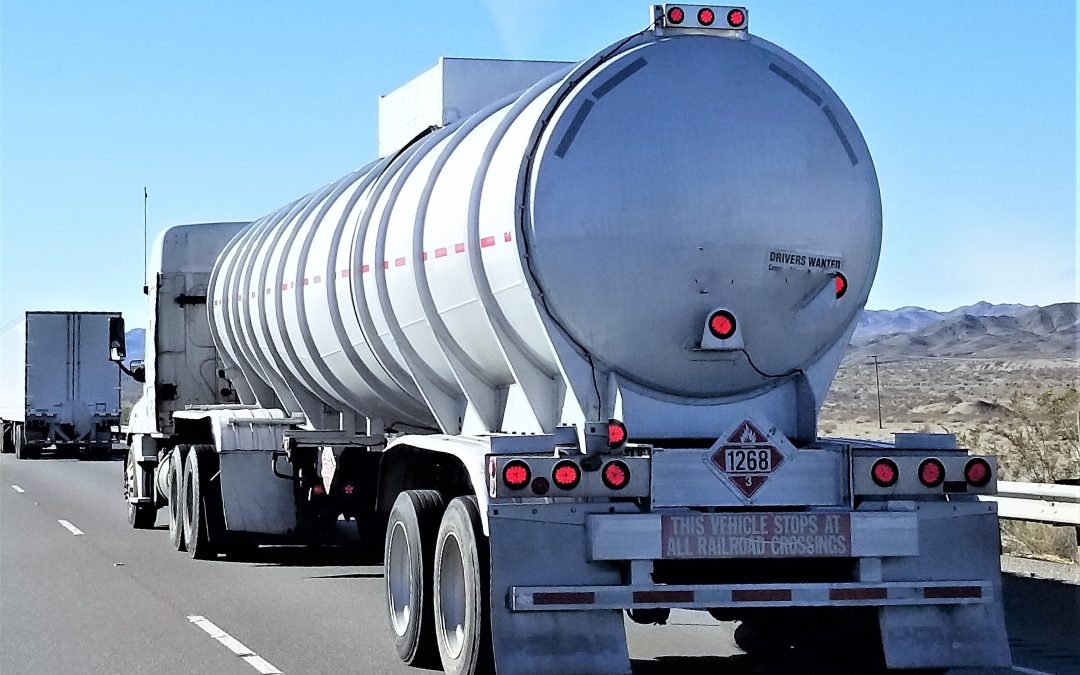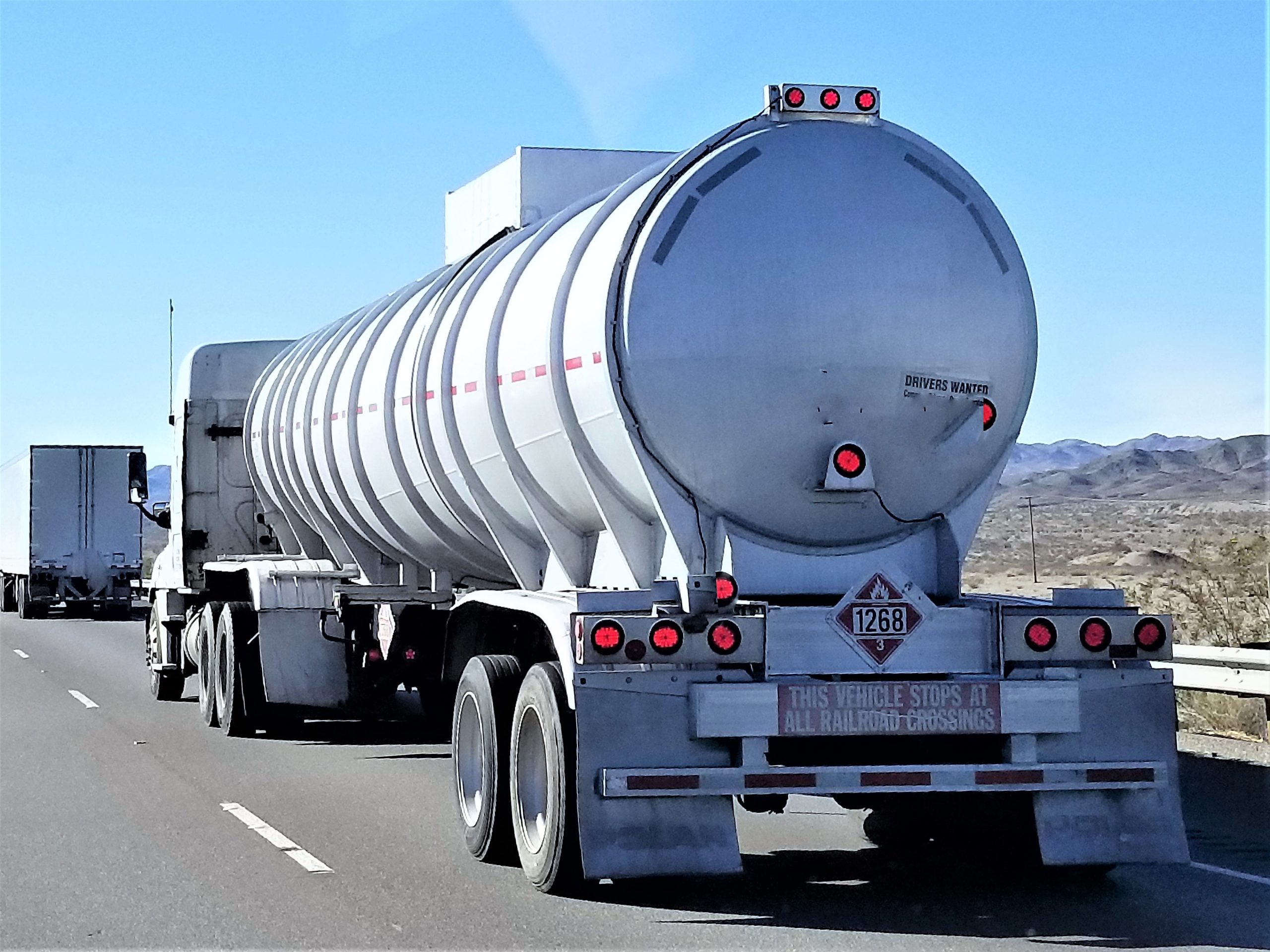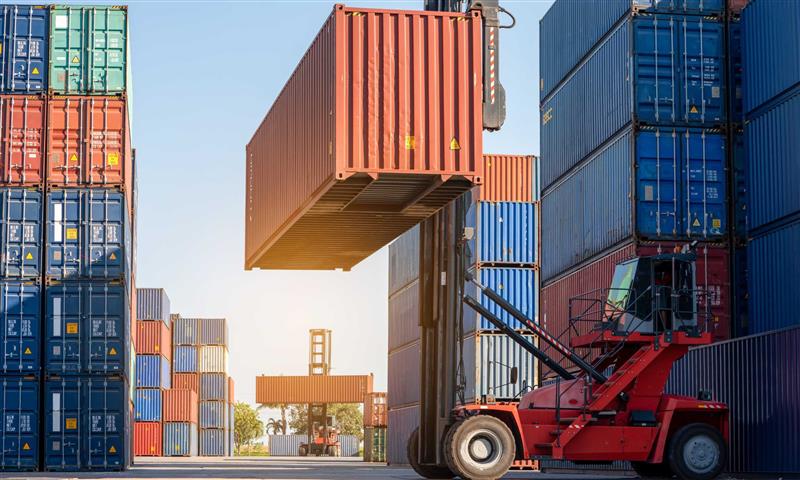
Moving Overweight Freight from the Port of Virginia: How Century Express Virginia Delivers Results
Heavy cargo across state lines
Trucking Companies Servicing the Port of Virginia
Moving Overweight Freight from the Port of Virginia: How Century Express Virginia Delivers Results

Transporting overweight freight is no small task, especially when it starts at one of the busiest shipping hubs in the country, the Port of Virginia. The process involves much more than simply moving a container from point A to point B.
From navigating strict weight and size regulations to managing tight schedules and complex route restrictions, heavy-haul transportation requires precision, specialized equipment, and deep knowledge of the local transportation landscape.
At Century Express Virginia, we’ve built our reputation on mastering these challenges. With decades of experience in heavy cargo transport, our team ensures freight moves from the Port of Virginia to its final destination safely, efficiently, and in compliance with every regulation along the way.
Whether the load is industrial components or heavy construction materials, Century Express Virginia knows how to get it there on time and in perfect condition.
What Counts as Heavy Haul Freight in Virginia?
Not all freight is created equal. Cargo has specific definitions and requirements that set it apart from standard shipments. Overweight freight surpasses the maximum allowable gross vehicle weight for public roads.
Loads can be:
- Divisible: Cargo that can be broken down into smaller shipments, such as bundled steel rods.
- Non-divisible: Single pieces that cannot be separated without damage or excessive expense, such as cranes, transformers, or industrial presses.
Transporting these types of shipments is not simply about having a large trailer. It involves:
- Specially trained drivers familiar with heavy-haul safety protocols
- The correct trailer or chassis is designed for the load’s unique size and weight
- Customized tie-down and securing solutions
- State-specific permits for each leg of the journey
For example, a large construction excavator shipped from overseas might arrive in a flat-rack container at the Port of Virginia. It cannot be broken down for transport and exceeds both width and weight limits for a standard truck. In this situation, our team would coordinate the correct equipment, secure the necessary permits, and plan the most efficient legal route to get it to its final destination, without the risk of incurring any delays or fines.
The Role of Heavy Cargo Permitting
Permits are the gatekeepers of heavy-haul transportation. Without the correct approvals in place, even the best-planned move can have the brakes put on before it even starts, costing you valuable time and money.
Common permit types include:
- Single-trip permits: For one-time transport of specific cargo along a defined route
- Annual permits: For repeated movements of similar loads within a state or along certain routes
- Interstate permits: For shipments that cross state lines
The permitting process is complex and involves many factors, including:
- Detailed route planning to avoid low-clearance bridges, narrow roads, and weight-restricted infrastructure
- Time-of-day restrictions that may limit travel to daylight hours or non-peak traffic windows
- Escort vehicle requirements for loads that are especially tall, wide, or heavy
At Century Express Virginia, we manage all aspects of heavy-haul permitting across Virginia and neighboring states. Our team is experienced at navigating the complex regulatory landscape of the transportation industry, ensuring each shipment complies with all local, state, and federal laws.
By handling these approvals in advance, we minimize the risk of costly interruptions, giving you confidence that your freight will arrive on schedule.
Specialized Equipment for the Job
Having the right equipment is just as important as having the right permits.
Our fleet includes:
- Flatbeds: For machinery and building materials
- Step decks: For trailer cargo requiring lower deck heights to safely clear bridges
- Triaxle chassis: For heavier containerized loads
- Reefer units: For temperature-controlled shipments, including perishable food, pharmaceuticals, and alcoholic beverages
All equipment is meticulously maintained, and our drivers are trained to secure heavy loads safely for long-distance transport. At Century Express Virginia, we ensure the correct trailer is chosen for each shipment, taking into account weight distribution, cargo dimensions, and road conditions. This level of preparation reduces the risk of damage, delays, and compliance issues.
The Drayage Process: From Port to Destination
As one of the busiest and deepest ports on the East Coast, the Port of Virginia handles a significant volume of overweight cargo. While its infrastructure is built to accommodate large shipments, moving overweight freight out of the port and to its destination involves multiple steps, each requiring careful coordination.
- Container Pickup at the Port: Century Express Virginia schedules terminal appointments, certifies customs clearance, and ensures the correct equipment is in place before arrival. This preparation minimizes costly delays at the port.
- Transport to the Yard:Some shipments may move to a secure yard for staging, inspection, or transfer to specialized trailers. This step allows for detailed inspections and ensures cargo is properly configured for the final leg of delivery.
- Final Delivery: Once permits, routes, and timing are confirmed, the load moves to its destination. Drivers coordinate with any required escort vehicles and follow pre-approved travel windows to maintain safety and compliance.
Every stage of the drayage process requires clear communication among shippers, carriers, and port authorities. At Century Express Virginia, we excel in this coordination. Our long-standing relationships with port authorities and familiarity with these processes help keep shipments on schedule and reduce the risk of costly demurrage or detention fees.
Century Express Virginia: Your Local Heavy-Haul Partner
Heavy-haul transport isn’t just about moving cargo—it’s about managing the entire process from start to finish. That’s why it’s so important to choose the right drayage company. Selecting the wrong carrier for overweight freight can lead to missed deadlines, permit issues, damage caused by improper handling, and unexpected fines.
At Century Express Virginia, we bring extensive experience in handling a wide variety of cargo, including industrial machinery and construction materials. Our services include everything from refrigerated transport to hazardous materials handling, transloading, and bonded carrier shipments.
Working with a specialized carrier like our team ensures faster permit approvals, equipment matched to your cargo, coordinated timing, and confidence that every move follows regulations and safety standards.
Our team is available 24/7 to meet urgent schedules and adapt to unexpected changes, ensuring your shipments stay on track no matter the circumstances. We also offer full compliance expertise, navigating local, state, and federal regulations so that every shipment moves efficiently and safely.
With trusted relationships across port authorities, escort services, and state agencies, Century Express Virginia has the equipment, experience, and local knowledge needed to ensure every shipment is delivered on time, securely, and in full compliance with all regulations.
Need Assistance With Your Next Heavy-Haul Project?
When you need heavy-haul drayage at the Port of Virginia, you can’t afford delays or guesswork. You can count on Century Express Virginia to move your freight efficiently, securely, and on schedule—every time.
Whether it’s port-to-port warehouse moving, cross-dock transfers, or an interstate journey, we handle the heavy lifting so you can focus on your business.
Keep your freight moving on time. Contact Century Express Virginia today for expert service and local expertise.







